Concerns over Japanese Prime Minister Shinzo Abe’s health flared up again today as his visited a Tokyo hospital for the second time in a week. Some said Abe was just receiving the results of a medical check-up from a week ago, when he underwent a 7-hour examination. On the other hand, Nippon TV reported that he’s getting treatment for chronic illness.
Speculations about Abe’s health started earlier this month, with some Cabinet members expressing concerns of his exhaustion on fighting the coronavirus pandemic. There were also detailed reports on Abe’s walking speed. If the longest-serving prime minister couldn’t continue his job on health issue, Deputy Prime Minister Taro Aso would take over temporarily, awaiting the ruling LDP to elect a new leader.





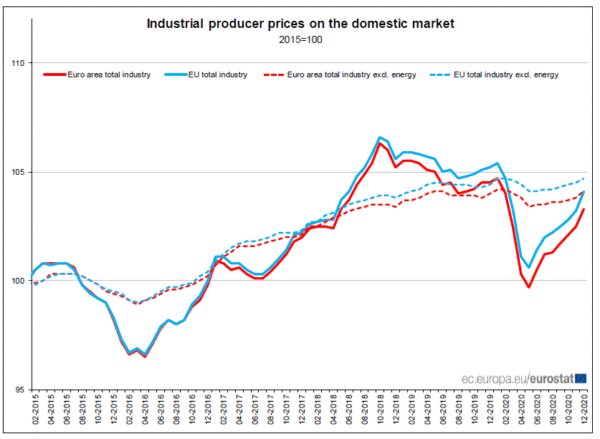
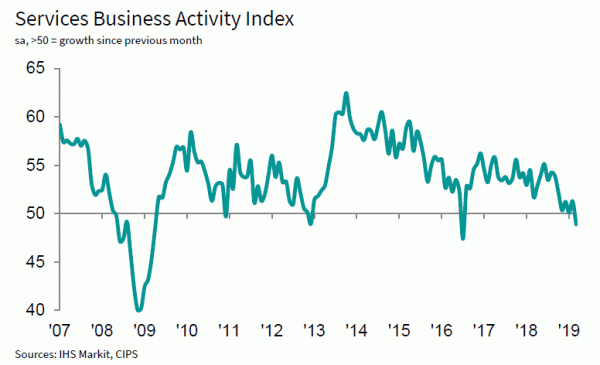
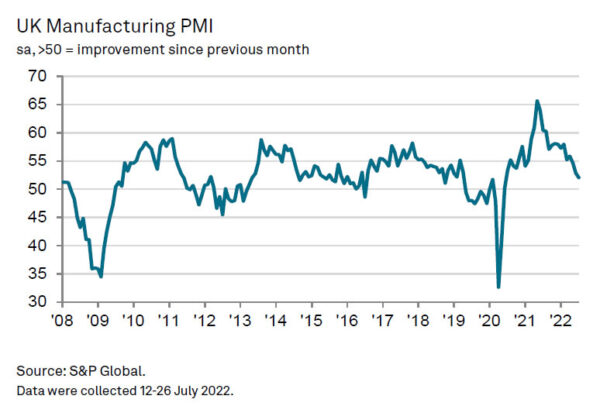
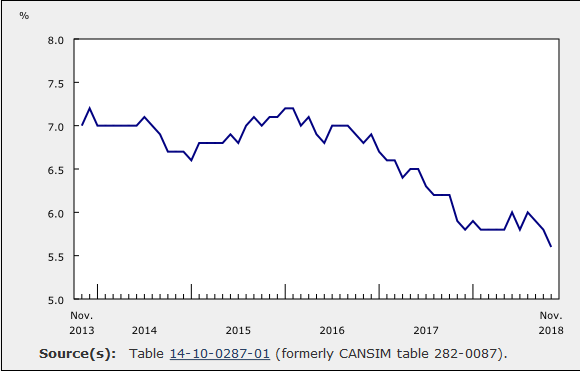
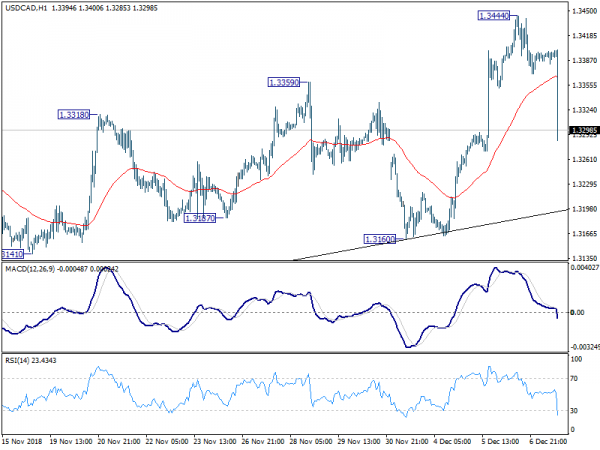
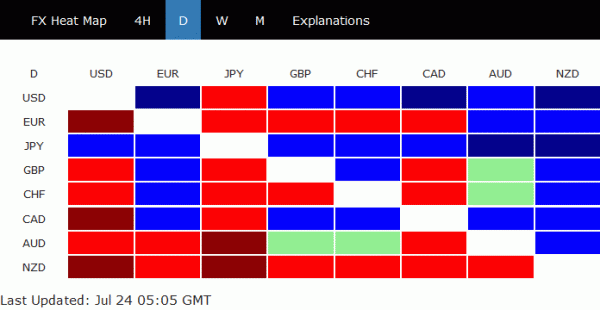
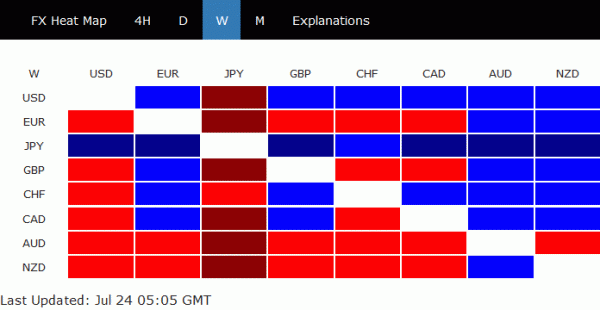
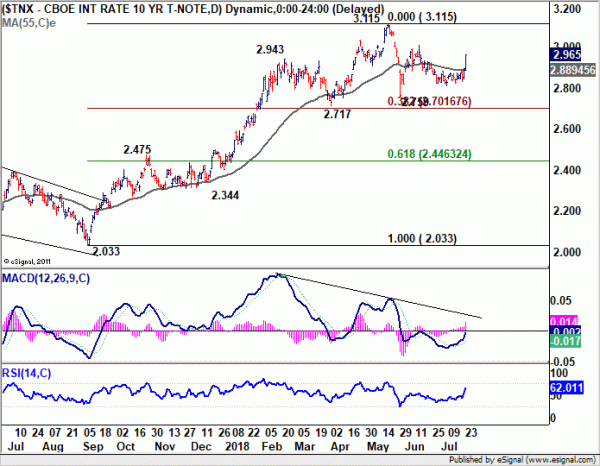
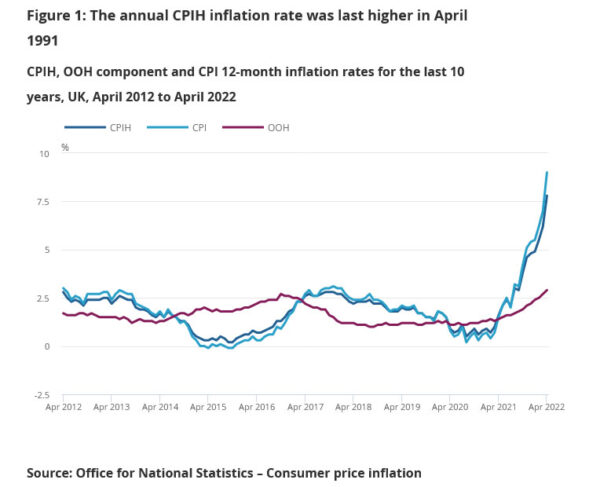
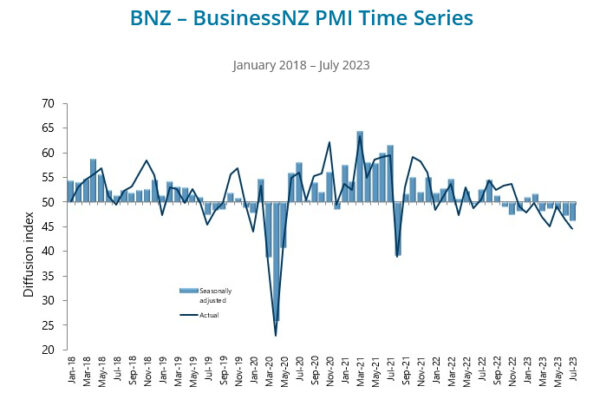
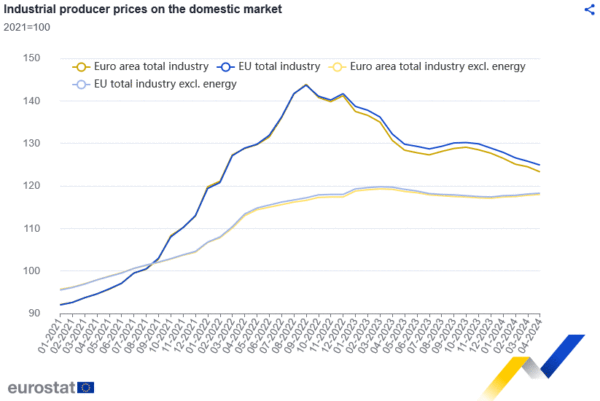

German Merkel hailed China market opening isn’t just talk, but action
German Chancellor Angela Merkel and Chinese Premier Li Keqiang agreed on protecting multilateral rules-based trading system as they met yesterday. Merkel said “we both want to sustain the system of World Trade Organization rules.” She added that “we hope that Germany and China won’t get caught up in a global spiral of protectionism,” and “we have to express our conviction loud and clear.”
Merkel also hailed that Chinese is putting real effort in opening up the markets. She pointed to the deal, signed yesterday, for BASF SE to open an 100% owned chemical complex in Gangdong. It’s the first wholely-owned chemical maker project ever. Merkel said “this shows that China’s market opening in these areas isn’t just talk, but action.”
Li said along side Merkel that multilateralism plays “a strengthening, bolstering role” for the world economy. And, “I can’t imagine anyone can hold back the stream of globalization.”